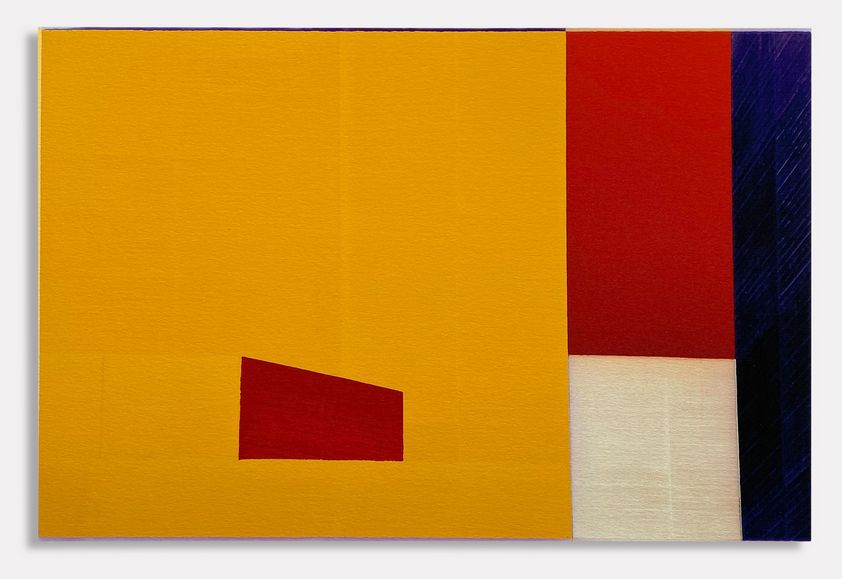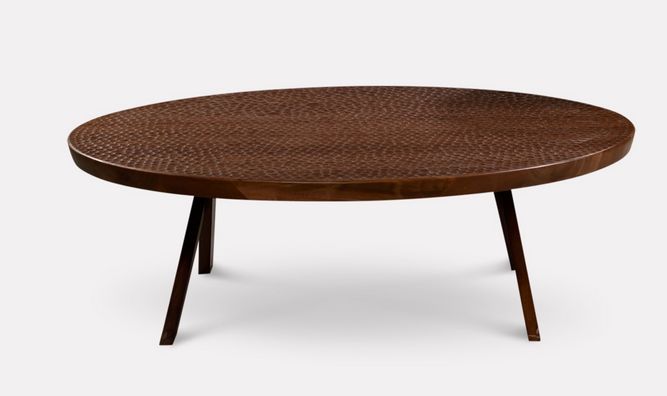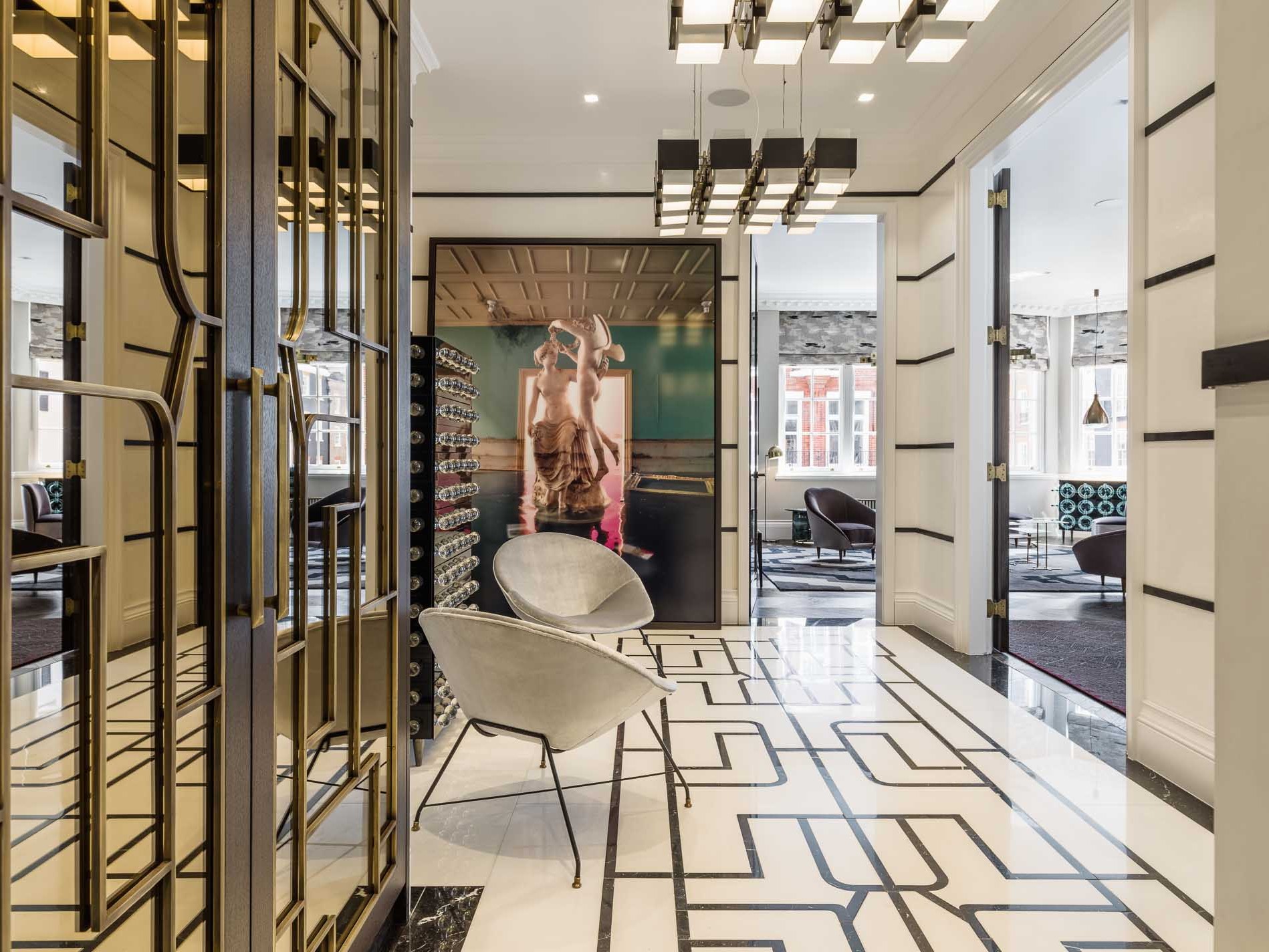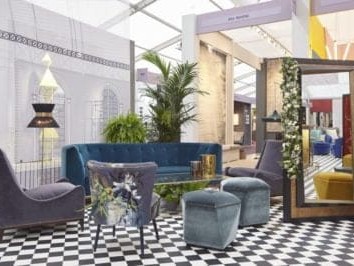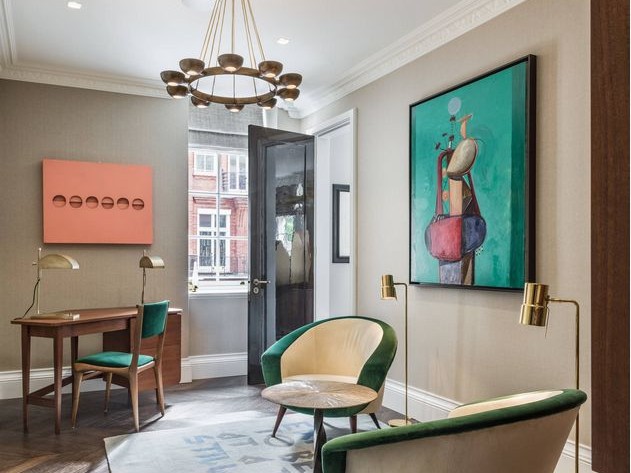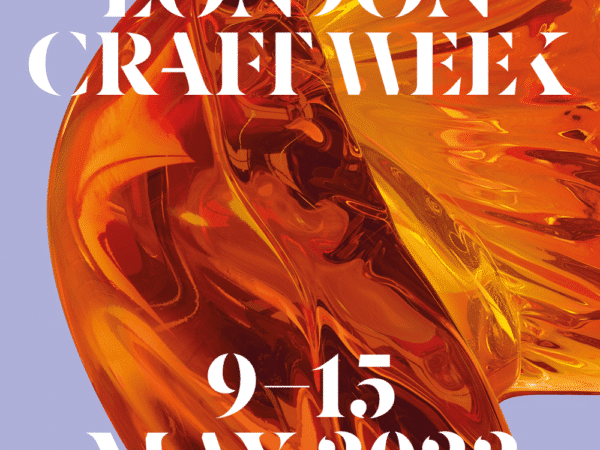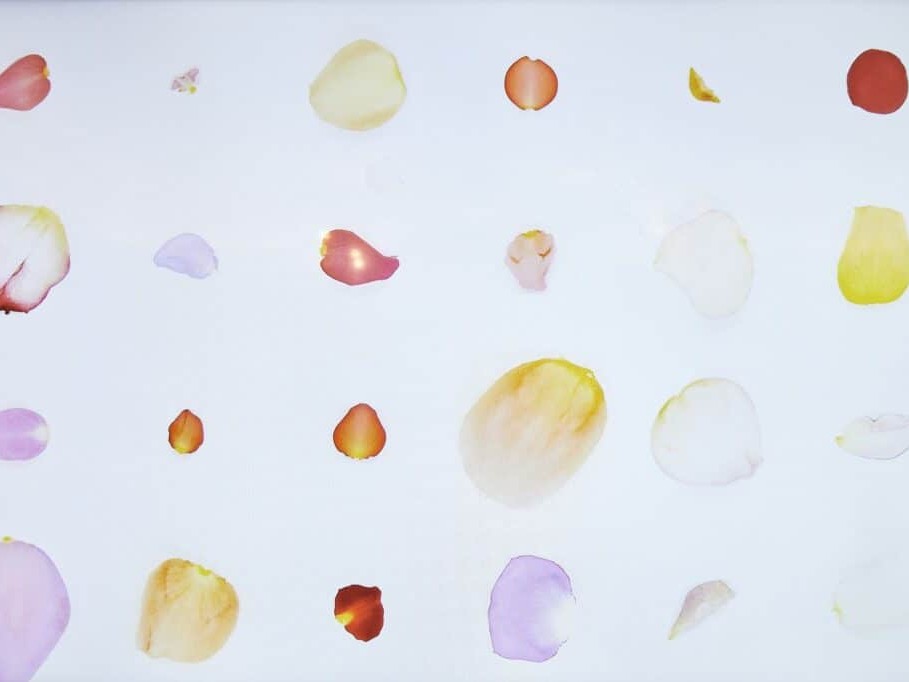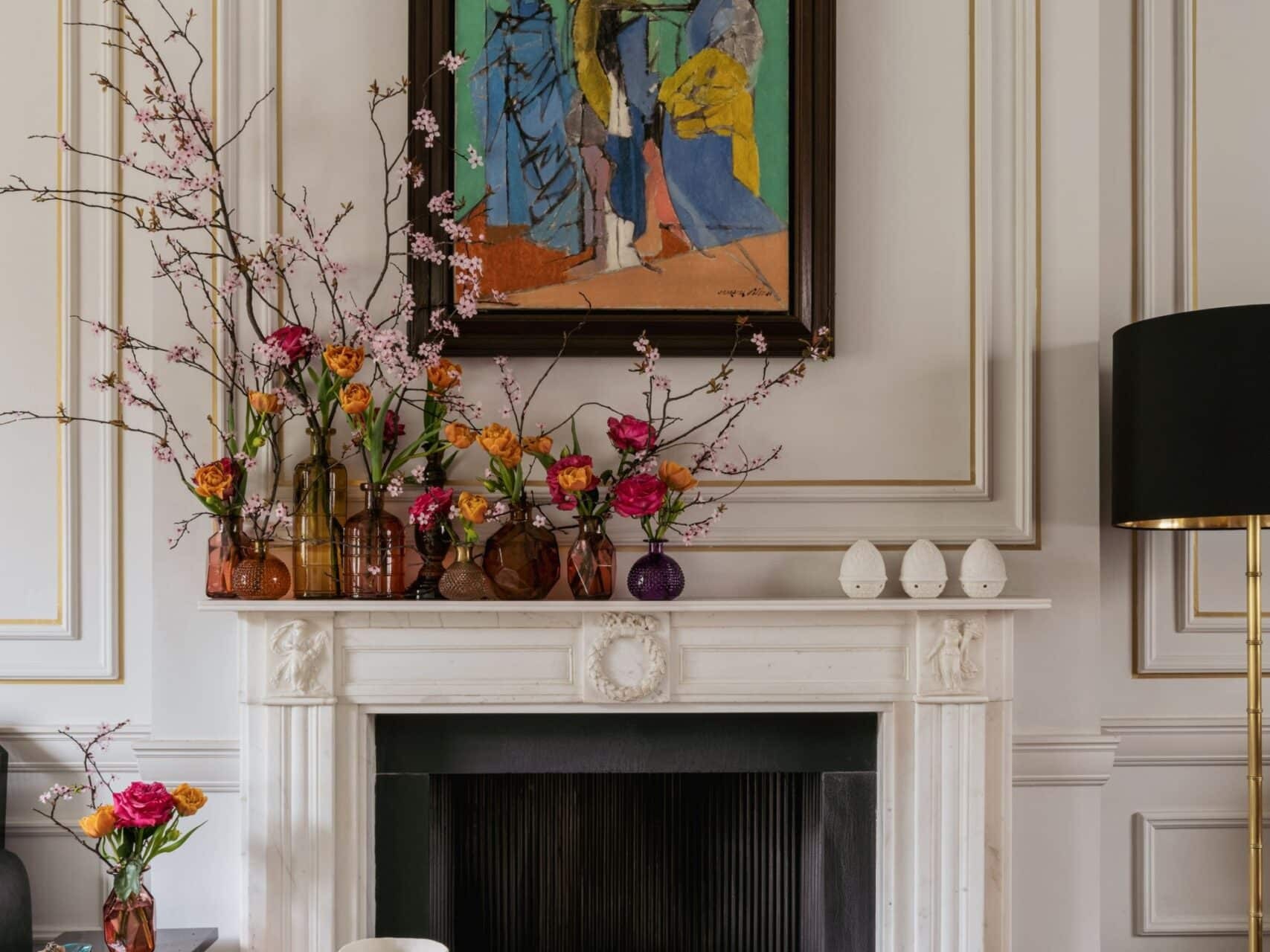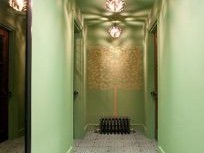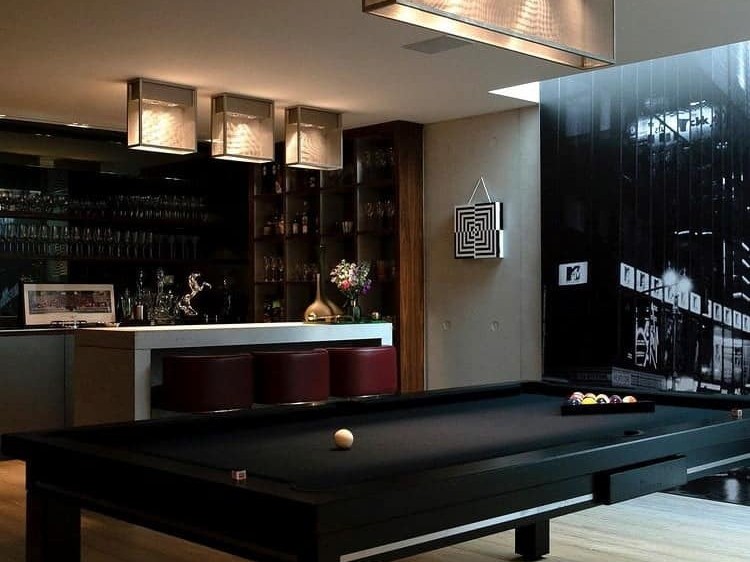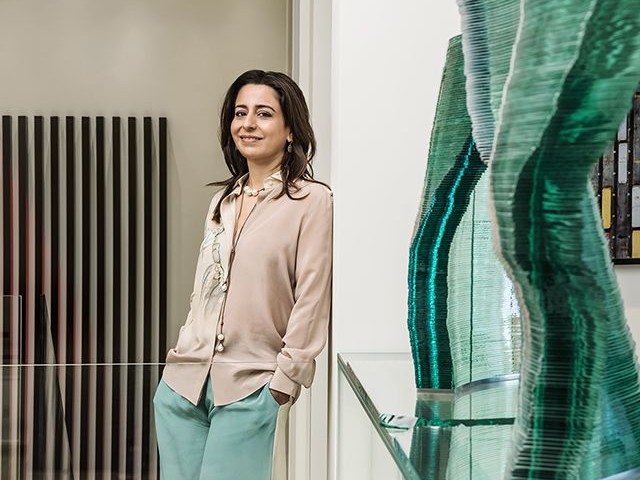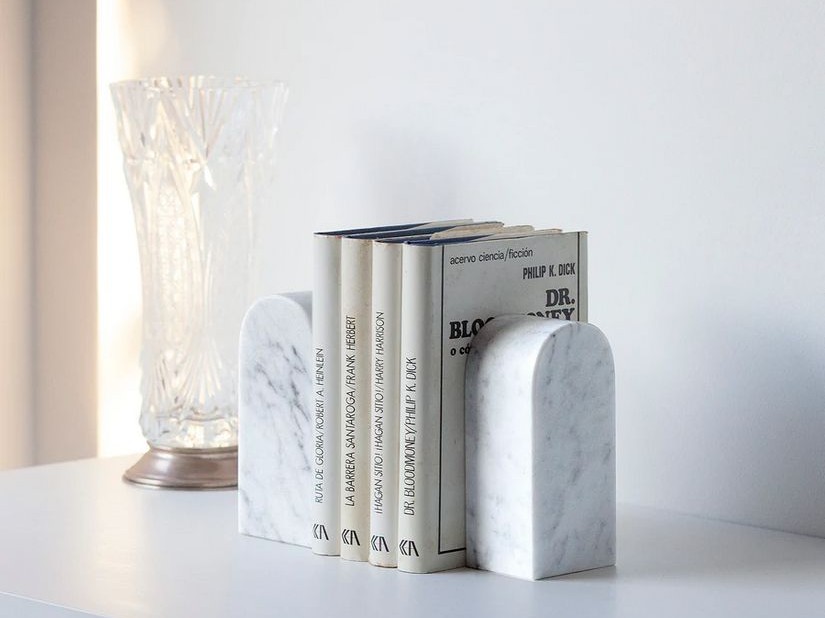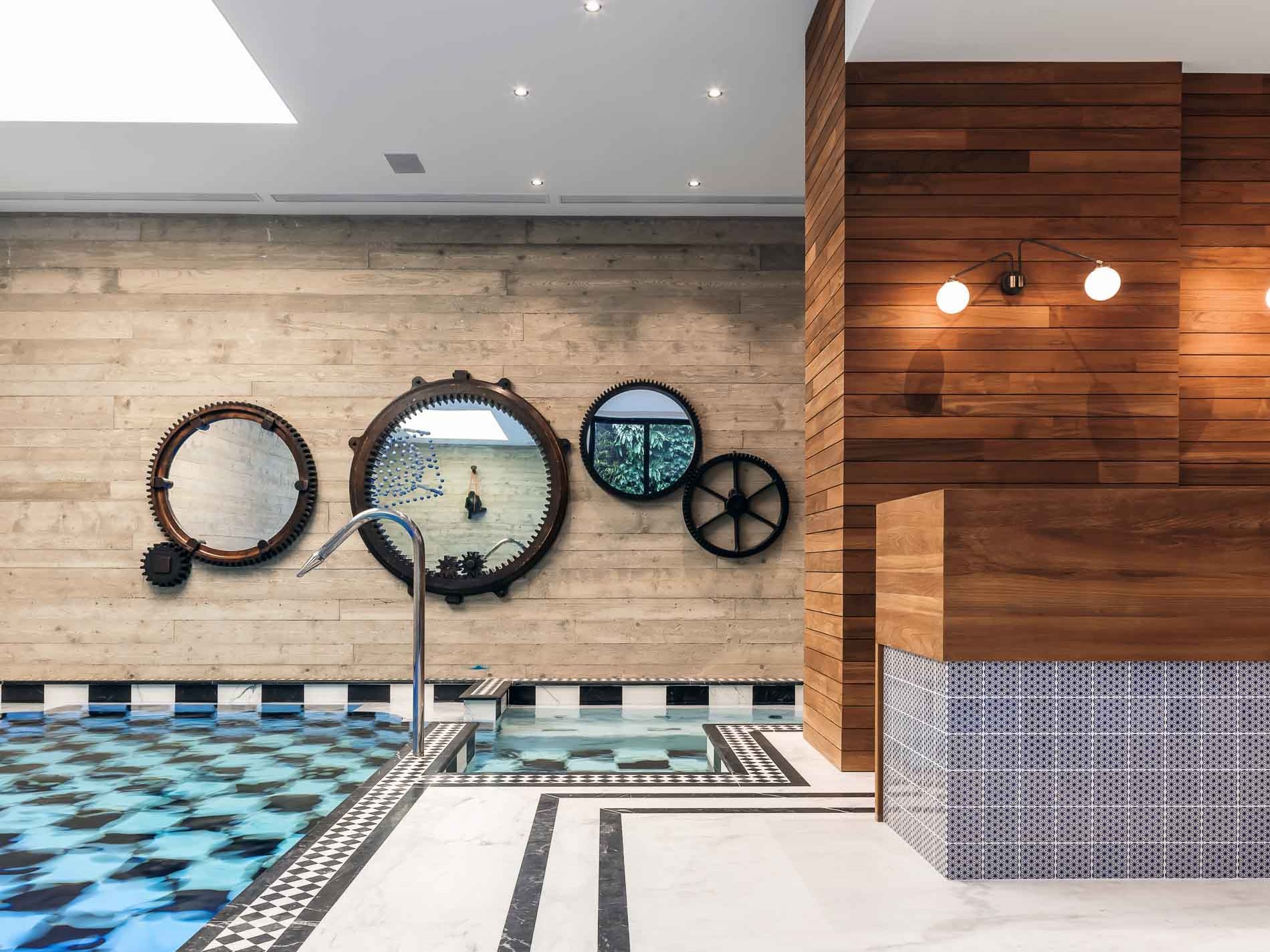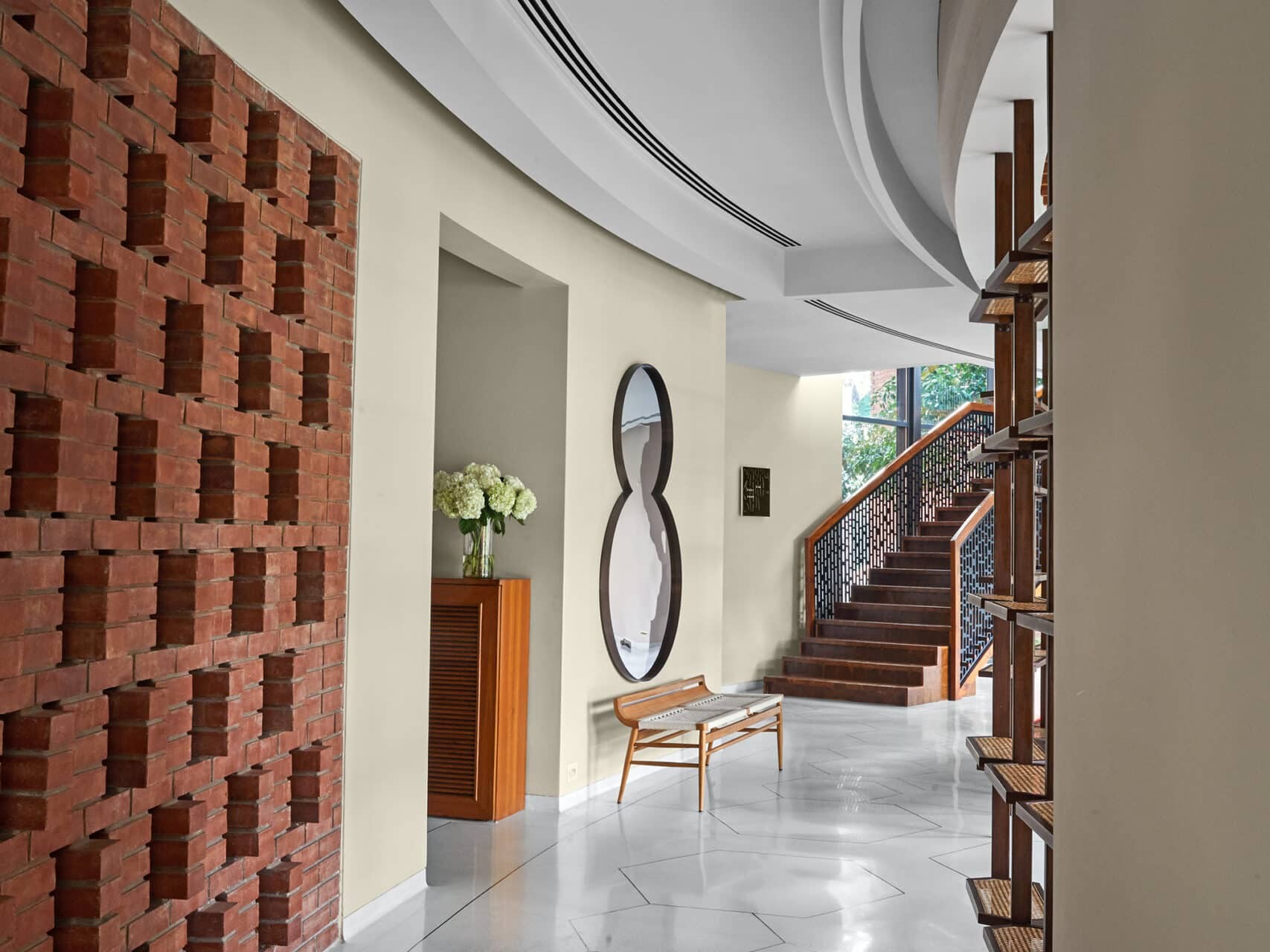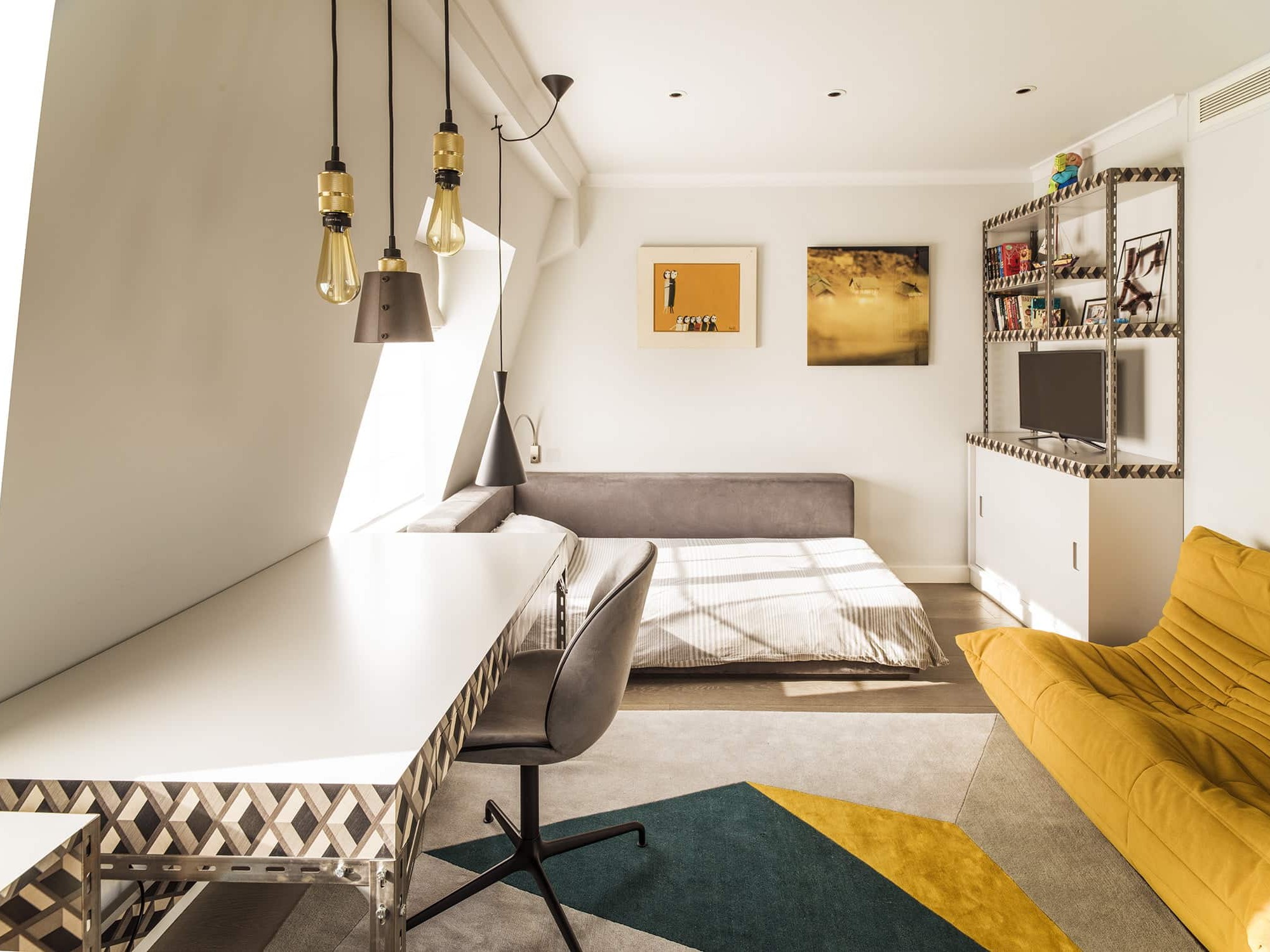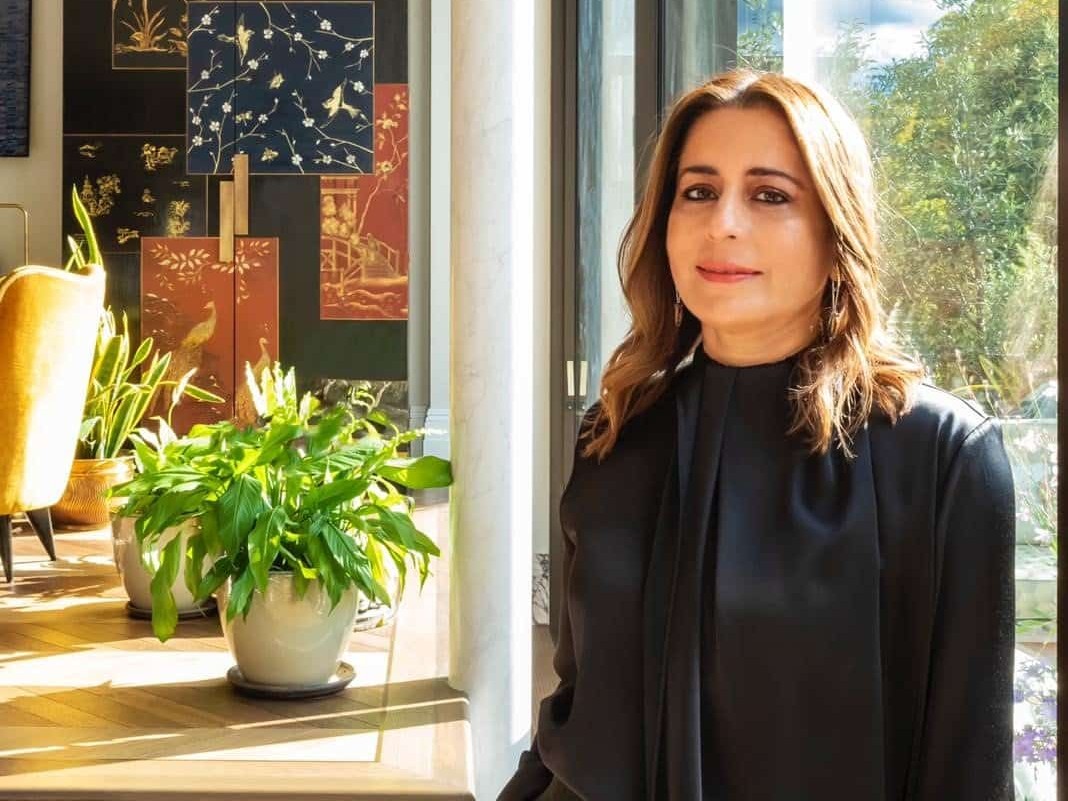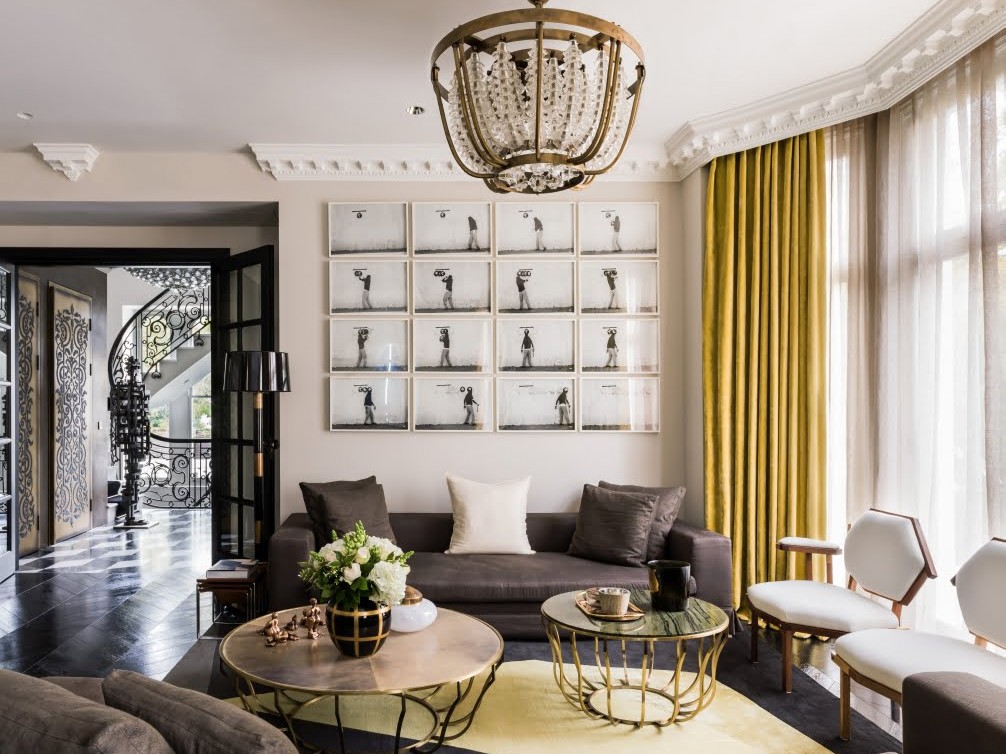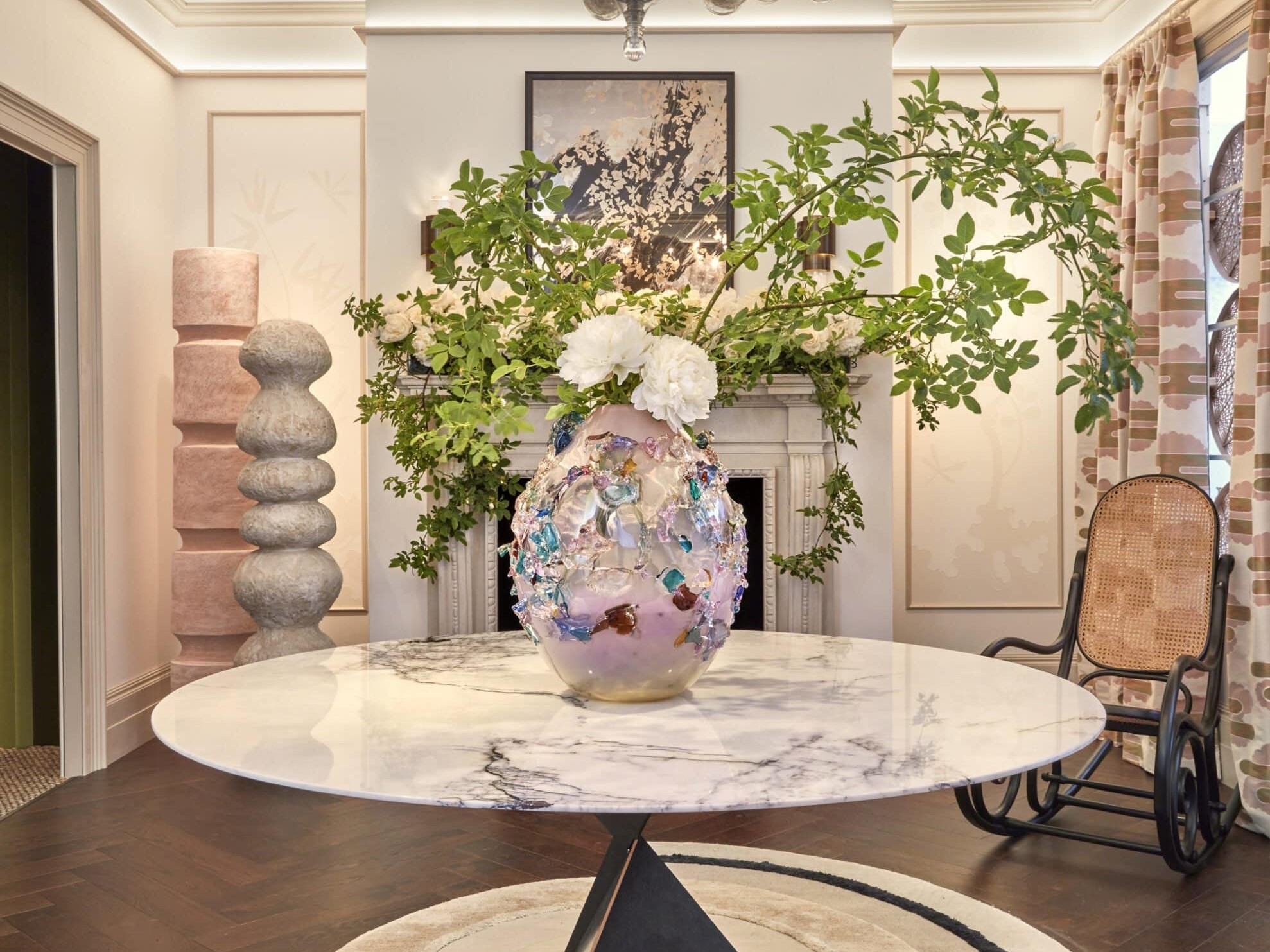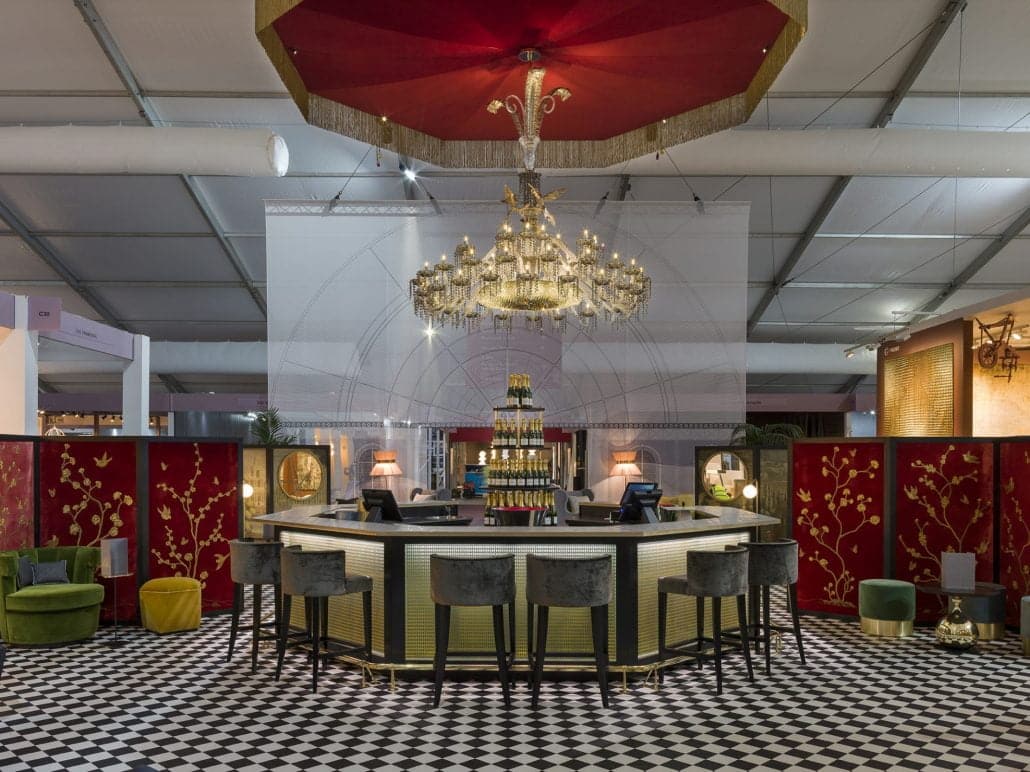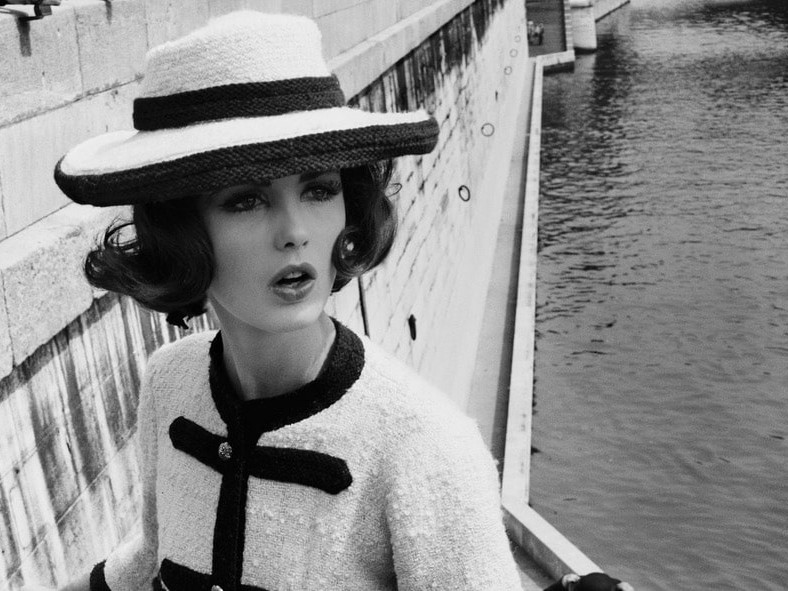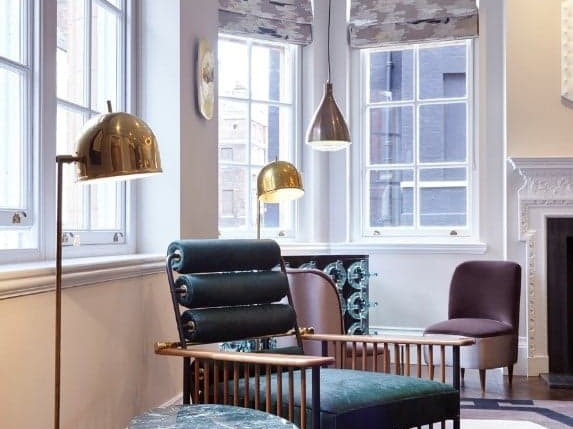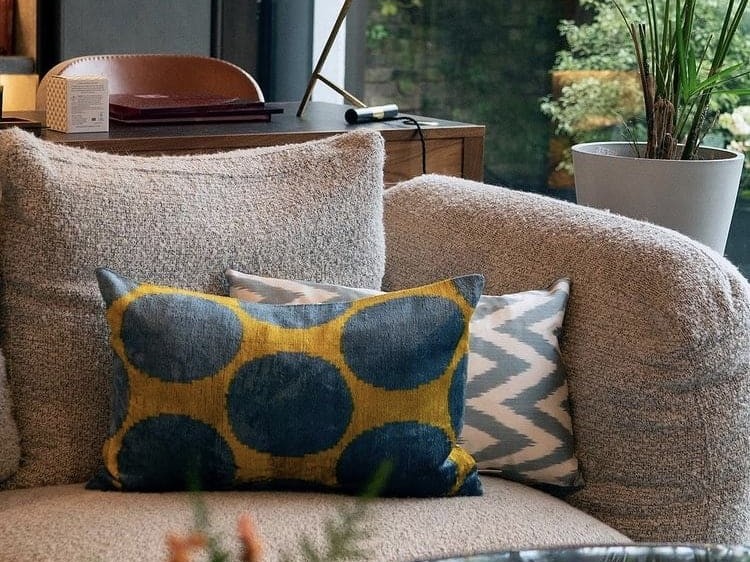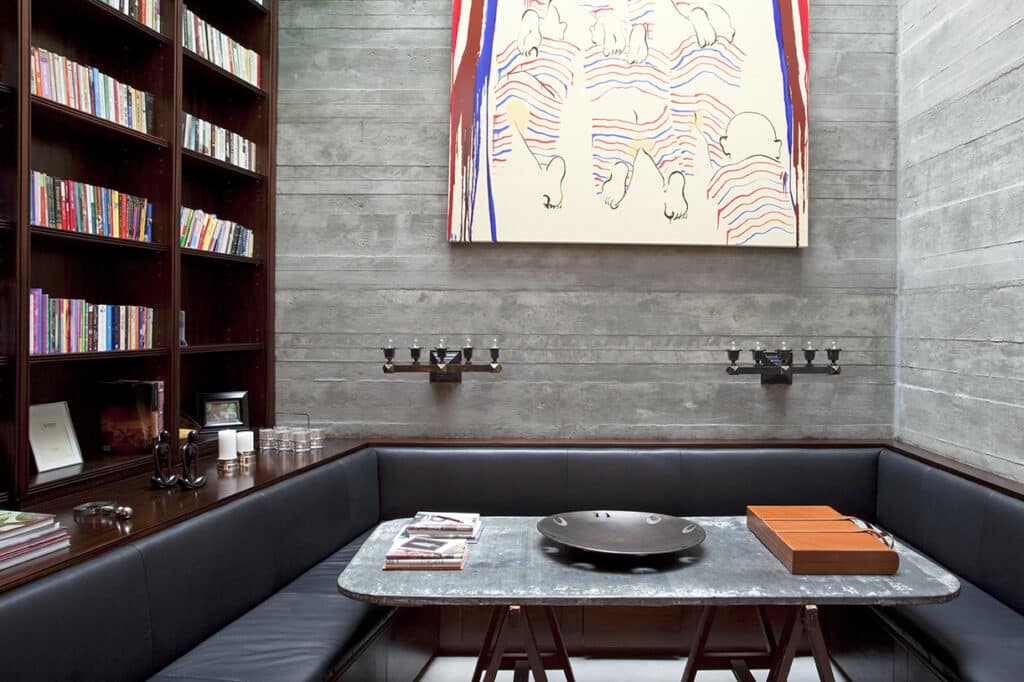
The interior design industry is also seeing a resurgence of medieval design in 2023. From rustic farmhouse-style homes to grand castles, the influence of medieval design can be seen in a variety of different interior styles.
We believe the biggest reasons for the resurgence of medieval design is the growing interest in history and nostalgia. Many people are drawn to the aesthetic of medieval design because it reminds them of a simpler time, when life was less complicated and more focused on tradition and community.
One of the most popular ways to incorporate medieval design into your home is through the use of natural materials. Wood, stone, and iron are all commonly used in medieval design, and they add a sense of warmth and authenticity to any room. These materials can be used in everything from flooring and walls to furniture and decor.
Medieval design is making a big comeback is in furniture. Many furniture designers are now creating pieces that are inspired by medieval design, using traditional techniques and materials such as wood carving and metalwork. This has led to a renewed interest in handcrafted furniture, and has helped to revive traditional crafts and skills.
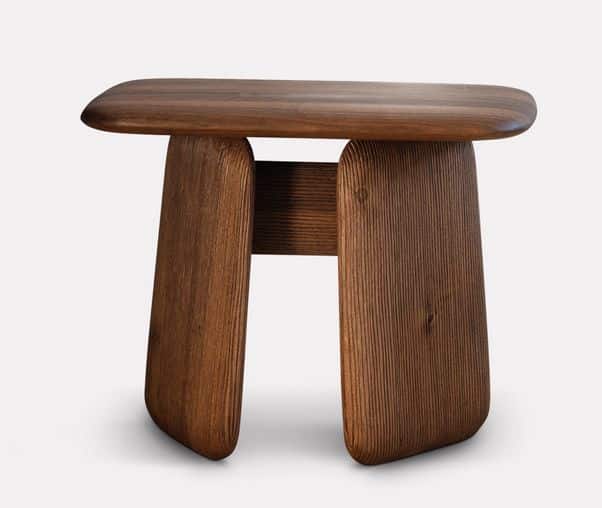
Stonehenge Walnut Stool by Zanat | Curio
Contemporary Medieval Lighting: Combining the Best of Both Worlds
Medieval lighting fixtures have always been a popular choice for those looking to add a touch of history and elegance to their homes. With their intricate details and warm glow, these fixtures are perfect for creating a cosy and inviting atmosphere. However, with the advent of modern technology, it is now possible to combine the beauty of medieval lighting with the convenience and efficiency of contemporary lighting.
Sconces with Candle-like LED Lights Sconces are a staple of medieval lighting and can be found in a variety of styles and designs. Today, however, it is possible to have the same look and feel of a traditional sconce but with the added benefit of energy-efficient LED lights. These lights can be made to look like real candles, adding a touch of authenticity to the room while still providing a bright and even light source.
Chandeliers with Wrought Iron Detailing Medieval chandeliers were often made of wrought iron, a material that is both strong and lightweight. Today, modern chandeliers can be found with similar wrought iron detailing, giving them a timeless and classic look. These chandeliers can also be fitted with LED lights, making them energy-efficient and long-lasting.
Hanging Lanterns with Stained Glass Hanging lanterns were a popular choice for medieval homes and castles, providing a warm and inviting light source that could be used both indoors and outdoors. Today, you can find hanging lanterns with stained glass panels that are designed to emulate the look and feel of traditional lanterns. These lanterns can be fitted with LED lights, making them both beautiful and practical.
Wall-mounted Torch Sconces with Flickering Flame-effect Lights Finally, wall-mounted torch sconces are another great way to add a touch of medieval charm to your home. These sconces can be fitted with LED lights that mimic the flickering flame of a real torch, adding a touch of drama to any room.
Reduction The National Theatre I 2017 Wall Art by Amelia Lancaster | Curio
Another trend in medieval interior design is the use of rich, warm colours. Dark greens, deep blues, and muted reds are all commonly used in medieval design, and they add a sense of depth and richness to any room. These colours can be used in everything from paint and wallpaper to fabrics and textiles. Here are our full colour suggestions:
- Dark reds
- Browns
- Mustard yellows
- Olive greens
- Deep blues
These colours were inspired by the natural materials and textures of the medieval era, such as stone, wood, and wrought iron. They help to create a warm and cosy atmosphere, perfect for a medieval-style home.
In addition to these main colours, medieval interior design also often includes rich, metallic accents such as gold and silver. These accents help to add a touch of luxury and opulence to the space, making it feel even more authentic and true to the medieval era.
When incorporating medieval colours into your interior design, it’s important to be careful not to overpower the space with too many rich and intense colours. Instead, consider using these colours as accents and pairing them with neutral colours such as cream, beige, or grey to create a well-balanced and elegant look.
Another way to incorporate medieval design into your home is through the use of traditional patterns and motifs. These can include things like heraldic crests, geometric shapes, and religious symbols. These patterns can be used in everything from wallpaper and fabrics to tile and stone.
Studioilse Touch Walnut Coffee Table by Zanat | Curio
Medieval design is expected to continue to grow in popularity in the years to come. With its focus on natural materials, warm colours, and traditional patterns, it is a perfect fit for today’s world. So, if you’re looking to add a touch of medieval design to your home, now is the perfect time to do it.
Related articles
Home Staging and Styling To Help Sell Your Home
We uncover the strategic design and decorating tips to increase your chances of a quick sale.
Wabi Sabi Design Principle
Learn all about the Japanese design philosophy, rooted in simplicity, authenticity and imperfection.
What Would Coco Do?
This week the V&A opens its fabulous new exhibition, Gabrielle Chanel: Fashion Manifesto.
Few would argue that Gabrielle Chanel was a true creative visionary, and in many ways she wrote the rulebook for contemporary style. Thinking of some of her most quoted wisdoms - we can't help but notice how relevant they also are for interiors...


